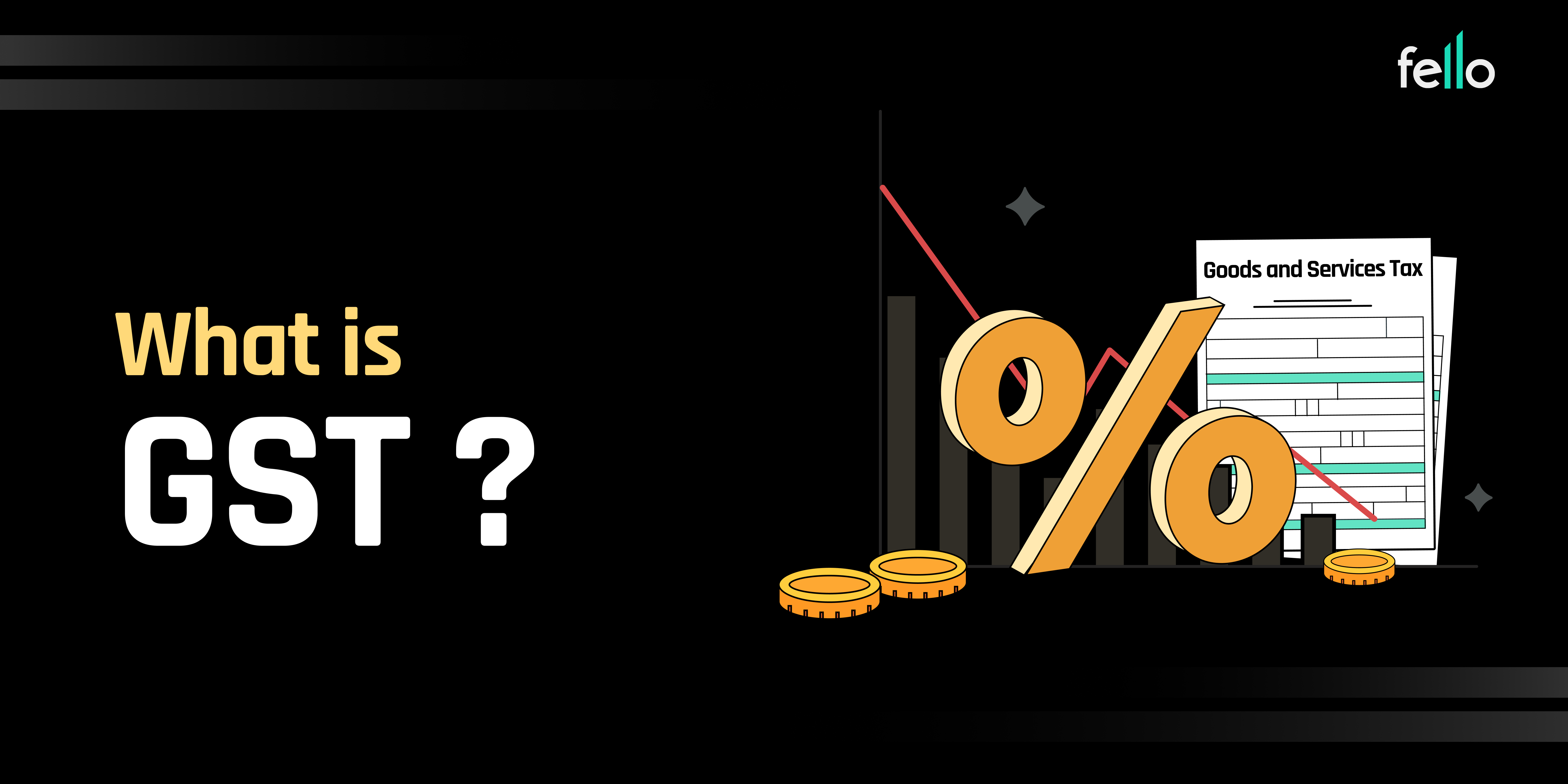The Goods and Services Tax is one of India’s most significant tax reforms. Introduced on 1st July 2017, it replaced a complex web of indirect taxes like VAT, excise duty, and service tax. If you’ve ever asked yourself what is GST, the answer is simple, it’s a unified tax system that ensures transparency, reduces cascading of taxes, and simplifies compliance for businesses and consumers alike.
Understanding What is GST in Simple Terms
Before GST, buying a product meant paying multiple taxes at different stages—production, sales, and service. For example, if you bought a refrigerator, you were indirectly paying excise duty at the manufacturing stage, VAT at the state level, and service tax if any service was bundled.
With GST, all these taxes are combined into a single tax structure that is applied at every stage of the supply chain but with the benefit of input tax credit (ITC). This means businesses can claim credit for taxes already paid on inputs, ensuring that the final consumer does not face double taxation.
Types of GST in India
To understand what is GST completely, it’s important to know its types. GST in India is divided into four categories:
| Type of GST | Levied By | Applicability | Example |
|---|---|---|---|
| CGST (Central GST) | Central Government | Intra-state transactions | Buying clothes in Karnataka from a local shop |
| SGST (State GST) | State Government | Intra-state transactions | Same as above, shared between Centre & State |
| IGST (Integrated GST) | Central Government | Inter-state transactions | Purchasing goods online from Delhi to Maharashtra |
| UTGST (Union Territory GST) | Union Territory Govt. | Applied in Union Territories | Goods sold within Chandigarh |
Why GST Was Introduced
The aim of Goods and Services Tax was not just tax simplification but also to boost the Indian economy. Let’s break it down:
- One Nation, One Tax – Earlier, every state had different tax structures. GST made the process uniform.
- Ease of Doing Business – Companies can now expand across states without worrying about multiple tax registrations.
- Transparency – The entire process is online, reducing corruption and manual errors.
- Boost to GDP – According to government data, GST has improved tax compliance and broadened the tax base, leading to higher revenues.
Benefits
- For Consumers: Reduced prices of goods due to elimination of cascading taxes.
- For Businesses: Easier compliance through online filing and reduced logistics costs.
- For Economy: Encourages exports and attracts foreign investment with transparent tax rules.
Challenges
- Technical Glitches in GST filing portals, especially during the initial years.
- Compliance Burden for small businesses that find frequent filing difficult.
- Multiple Slabs – Unlike other countries with one standard GST rate, India has multiple slabs (5%, 12%, 18%, 28%) which adds complexity.
Current Slab Rates in India
| GST Rate | Goods/Services Examples |
|---|---|
| 0% | Basic food items, milk, fresh vegetables |
| 5% | Railways, small restaurants, household essentials |
| 12% | Packaged food, cell phones |
| 18% | IT services, electronics, air conditioners |
| 28% | Luxury items like cars, tobacco, and high-end goods |
Global Perspective
India is not alone in implementing Goods and Services Taxthe . Countries like Canada, Australia, and Singapore have similar systems called VAT or GST. The difference lies in structure; for example, Australia follows a flat 10% rate, while India follows multiple slabs to accommodate diverse economic conditions.
Final Thoughts
So, what is GST? It is India’s step towards a unified, transparent, and efficient tax system that benefits consumers, businesses, and the economy alike. While challenges remain, its contribution to making India a competitive economy is undeniable. As the system evolves, GST will continue to play a central role in shaping India’s financial landscape.

